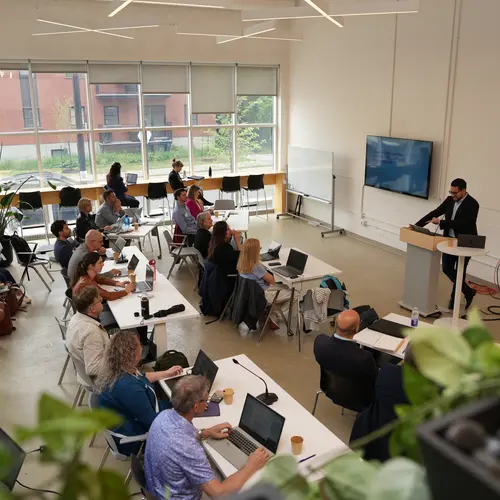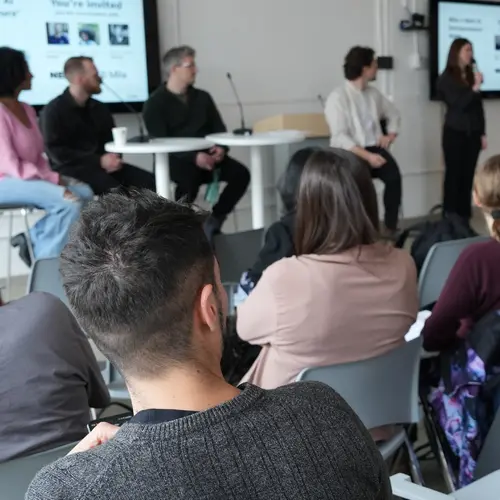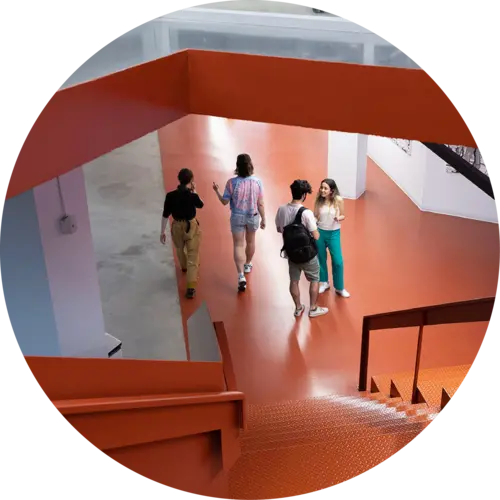
Samuel Lavoie
PhD - Université de Montréal
Supervisor
Research Topics
Computer Vision
Deep Learning
Generative Models
Multimodal Learning
Natural Language Processing
Reasoning
Representation Learning



